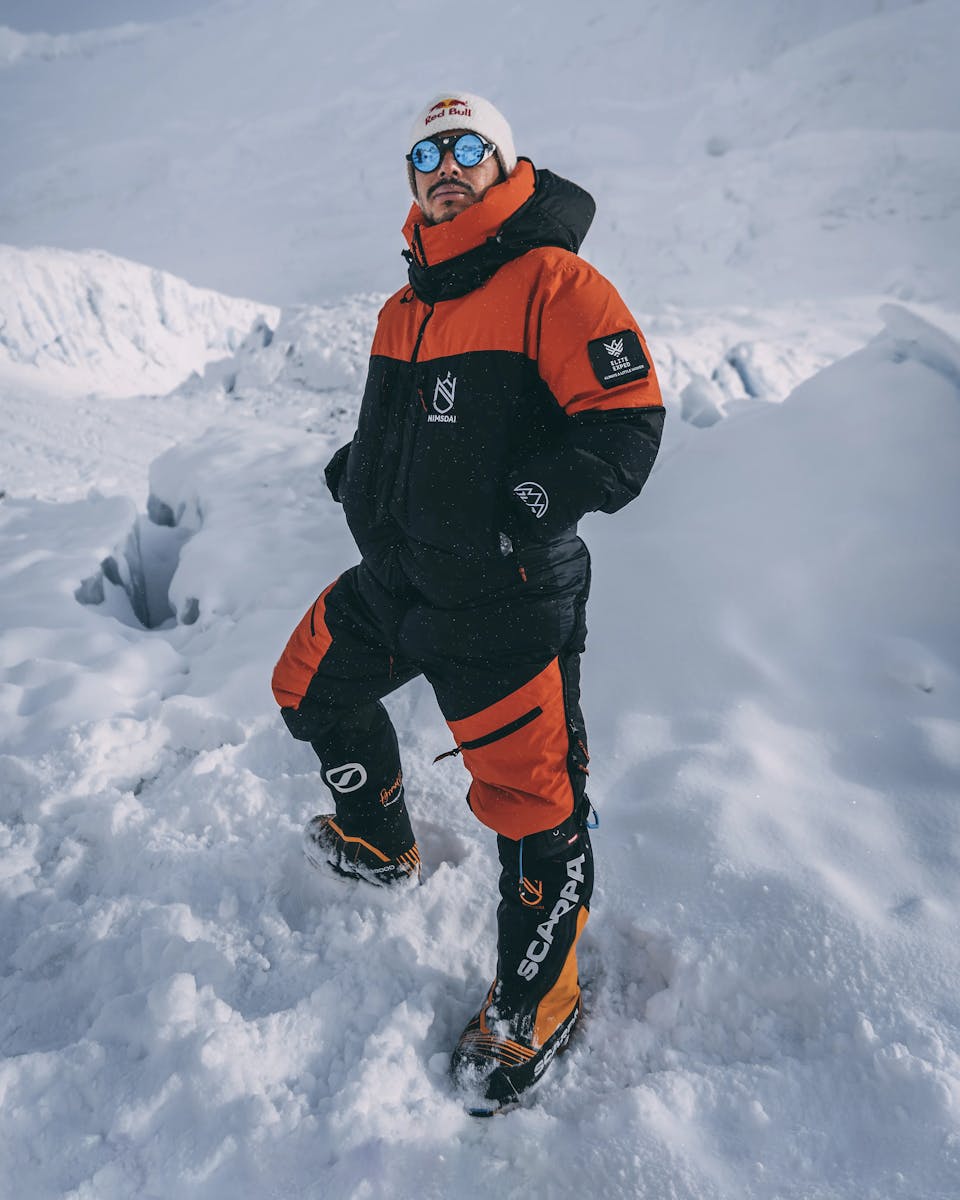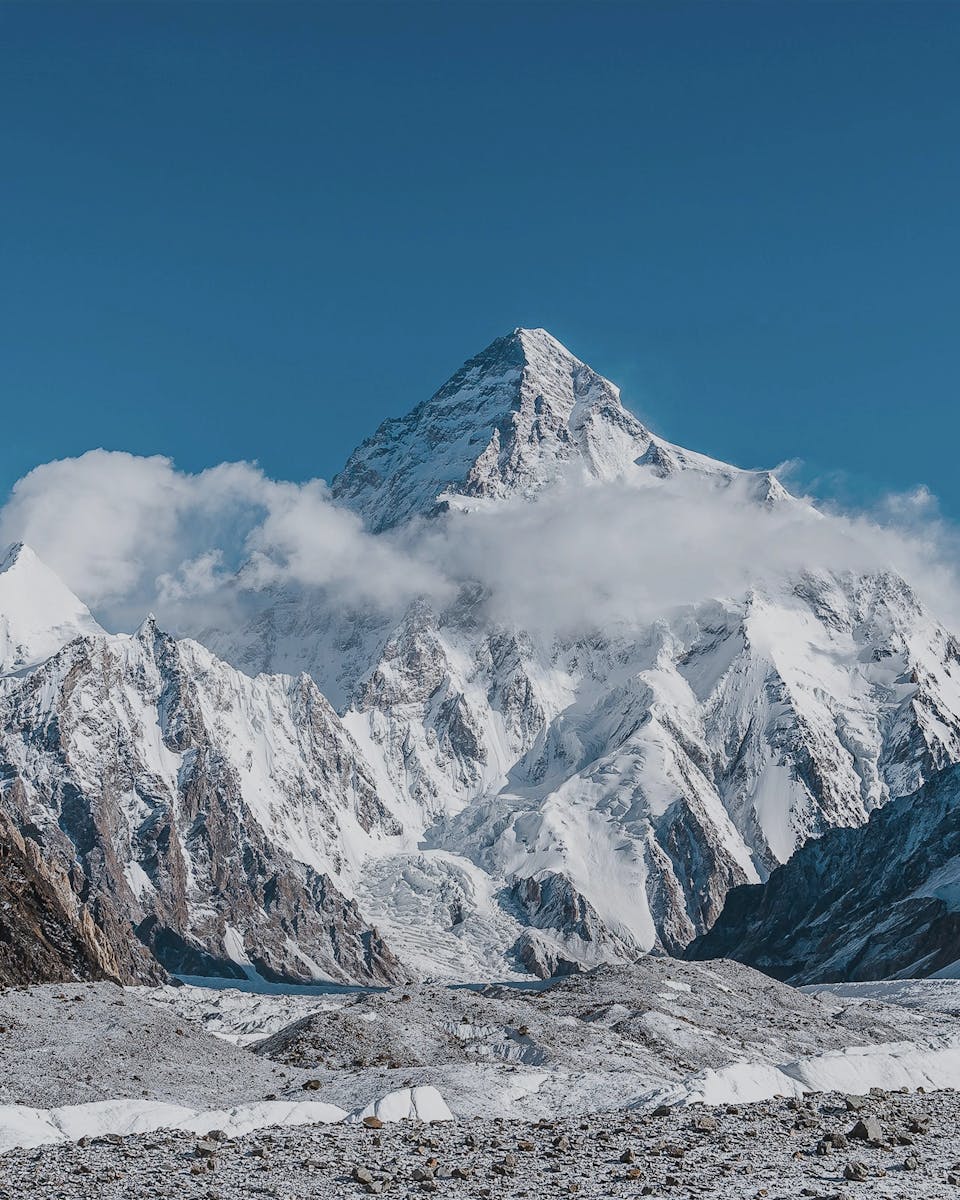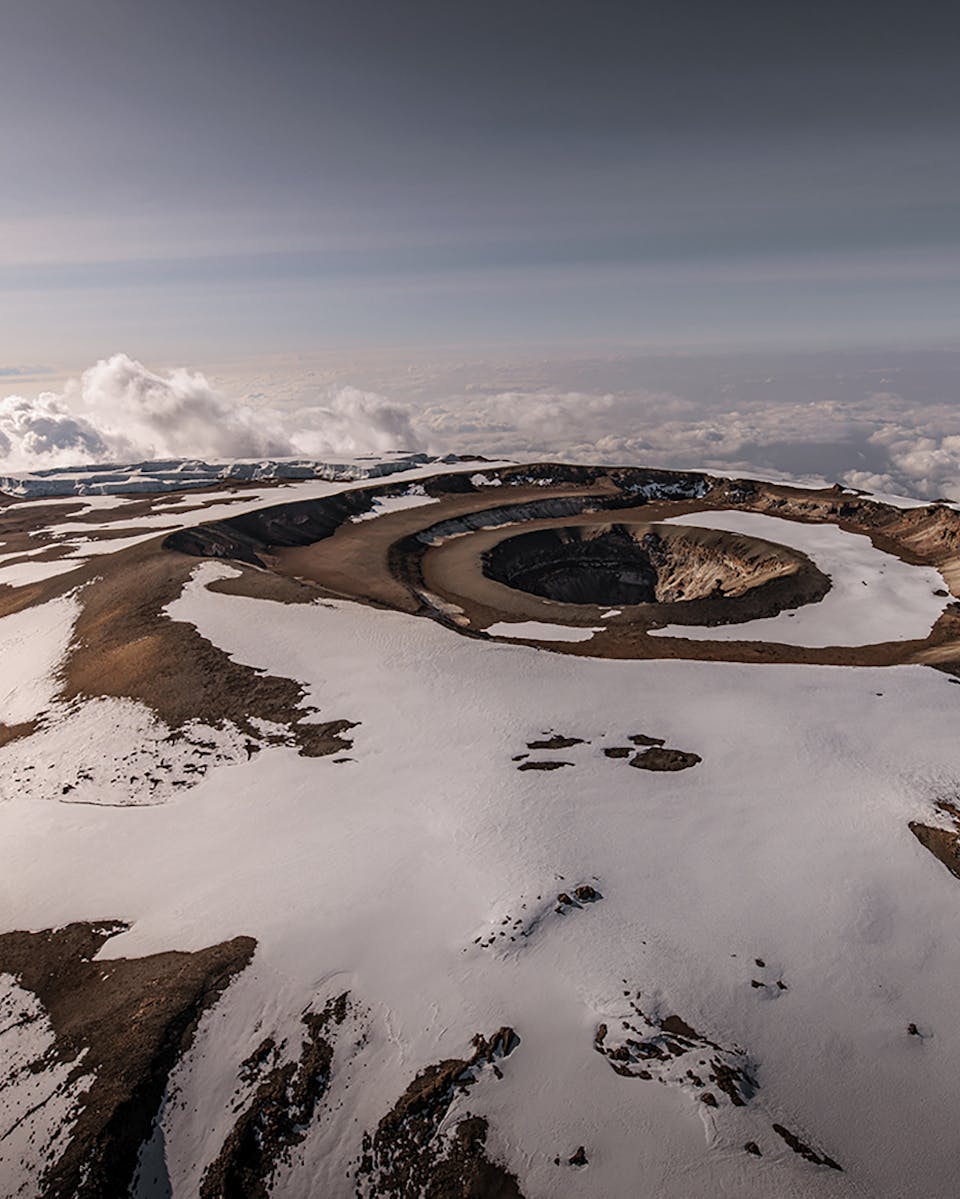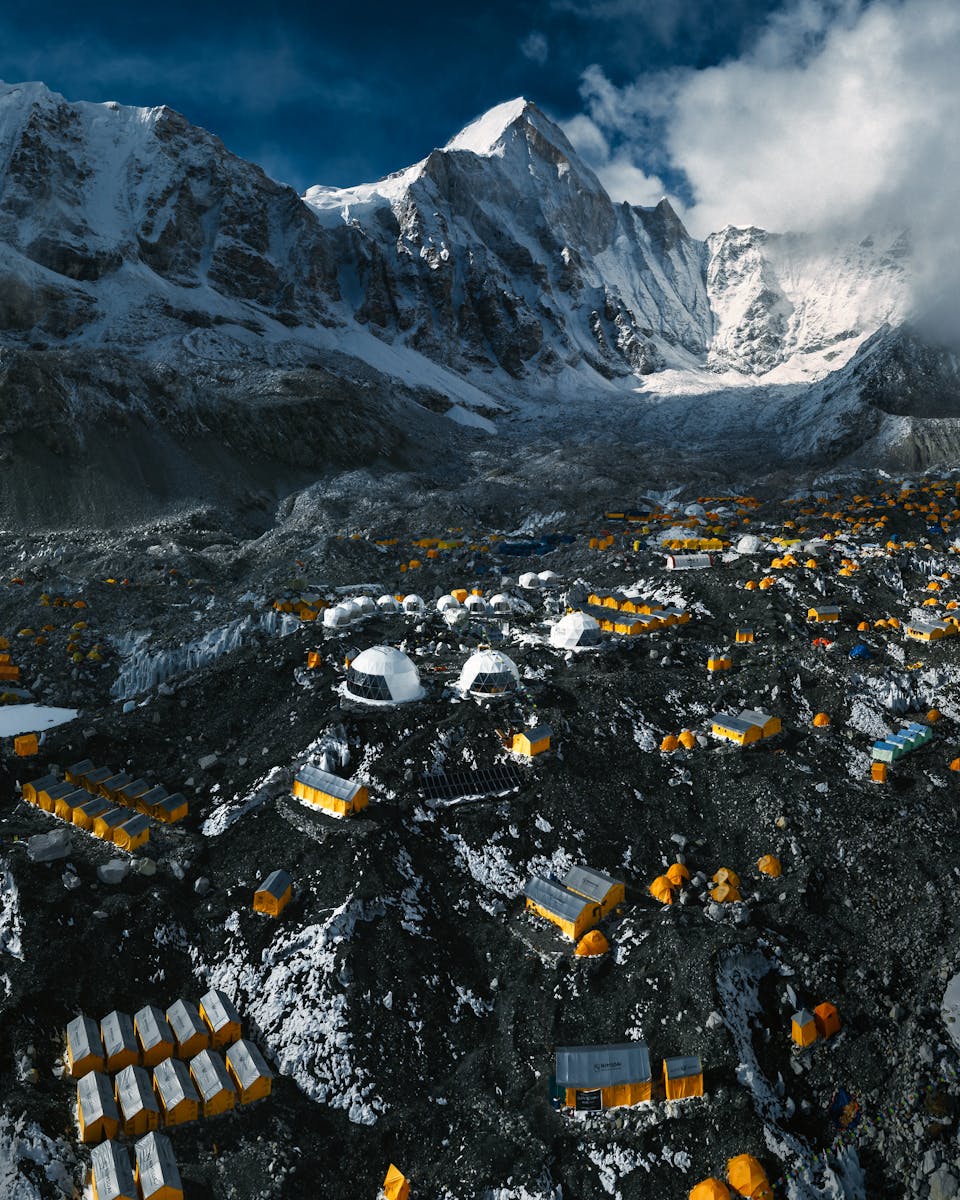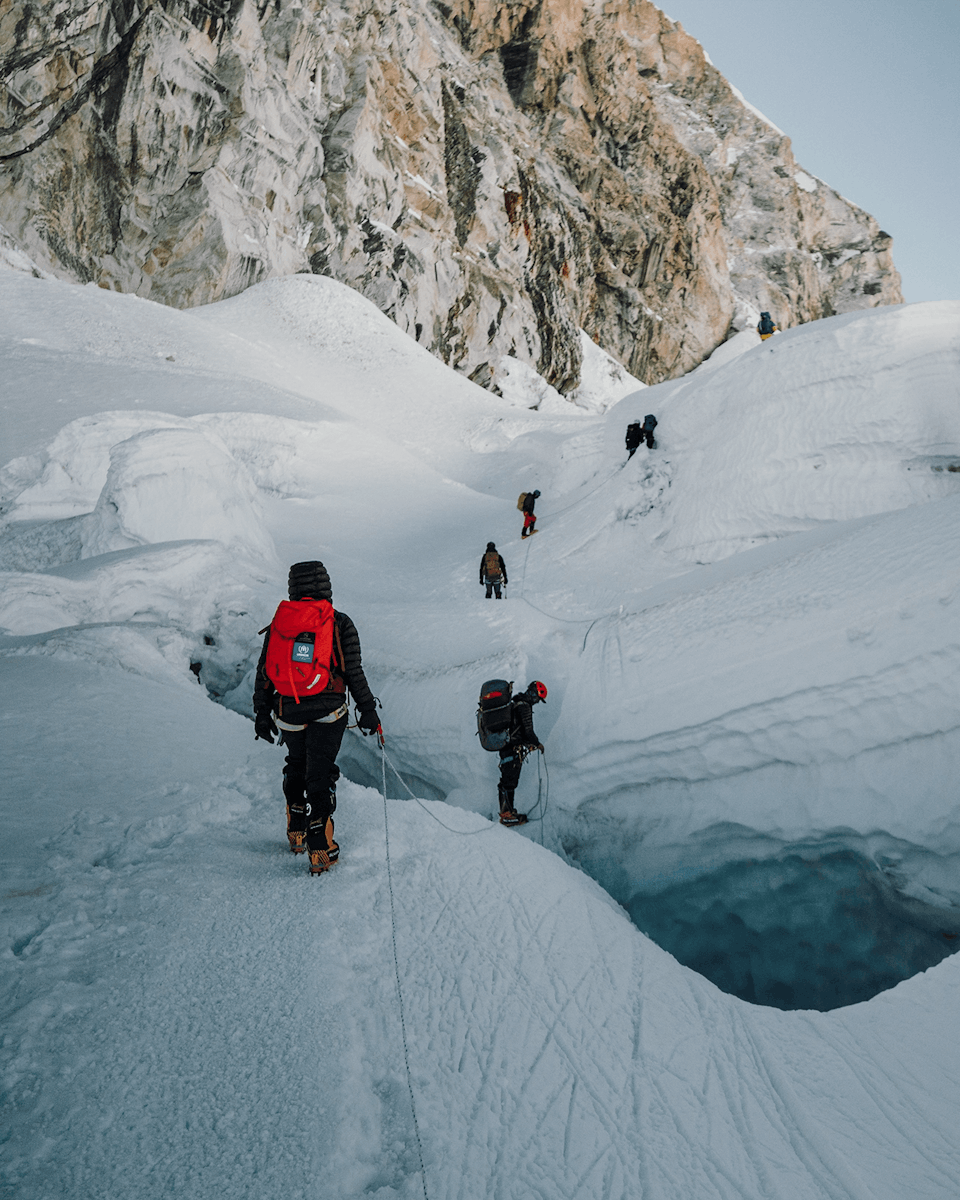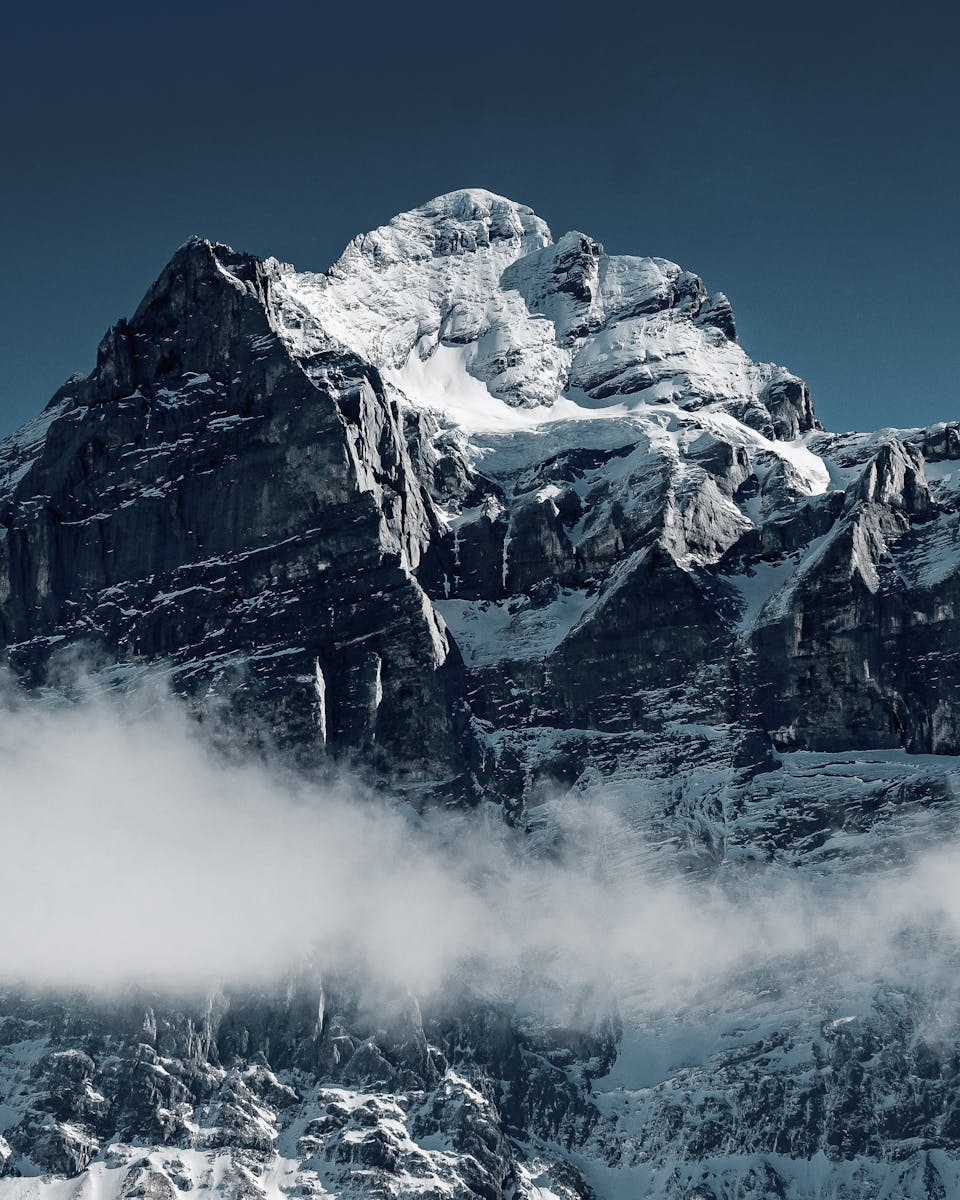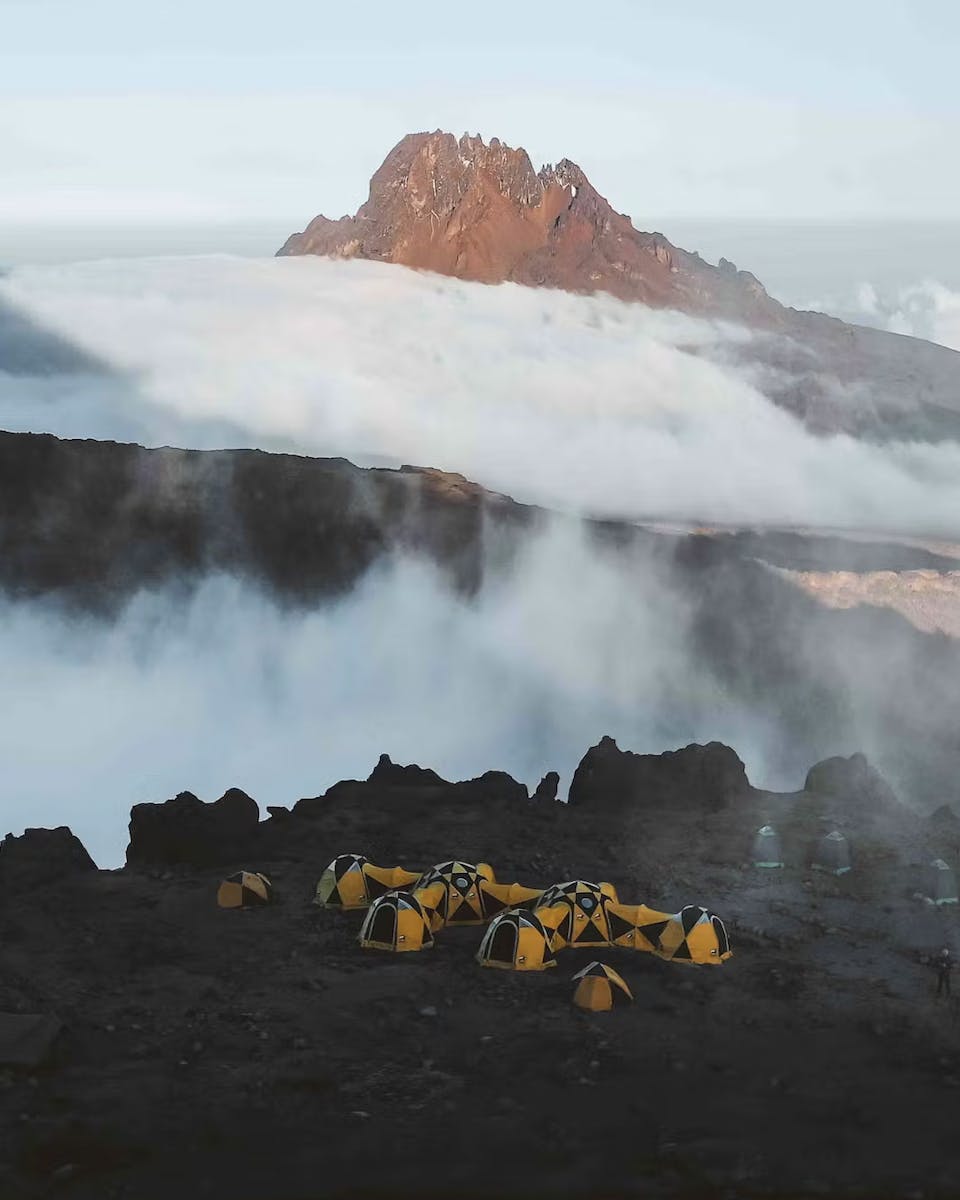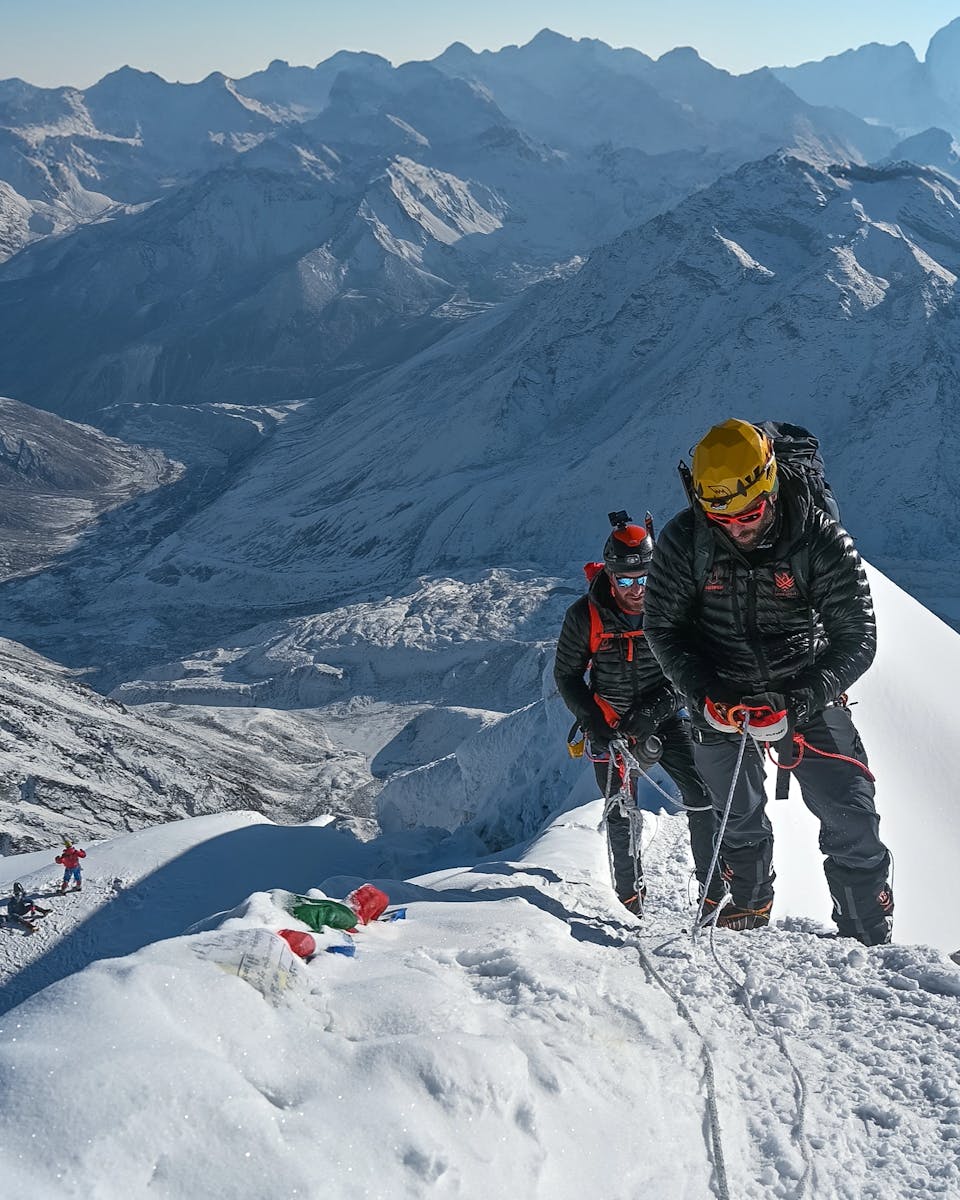Standing at a formidable 22,838ft, Aconcagua is the second-highest mountain of the Seven Summits and is a climb that demands respect. If you’re planning to test your skills against this Argentinian behemoth, don’t underestimate the importance of timing your expedition right. This comprehensive guide will equip you with the knowledge to choose the ideal climbing season for a safe and successful ascent.
Expedition Resources
When is the best time to climb Aconcagua?
Understanding Aconcagua’s weather and climate
Aconcagua’s difficulty isn’t simply due to its physical challenges. Its extreme and unpredictable weather is one of the primary reasons it’s such a challenging climb.
Aconcagua’s climate is influenced by factors such as Pacific weather systems, high altitude, and the dry Argentine environment. Conditions depend heavily on elevation. Base camp offers dry, sunny conditions with cold nights, but higher altitudes bring plummeting temperatures and dangerous winds.
At the summit, temperatures typically drop below -20°C, while chills caused by the strong winds can lead to temperatures as low as -40°C. Compounding these extreme temperatures are sudden snowstorms and whiteouts. One particularly dangerous weather system the mountain experiences is the Viento Blanco, a fast-moving wind from the Pacific that carries extreme cold across Aconcagua in mere minutes.
The best season to climb Aconcagua
The optimal window for climbing Aconcagua falls during the Southern Hemisphere's summer, specifically from mid-December to late February, offering the most stable and favourable weather. For summit attempts, late December through late January presents the prime opportunity, minimising the risks of severe storms and high winds.
February is also seen as a good month for climbing, although conditions are more unpredictable. For this reason, our Aconcagua expeditions tend to take place during December and January.
High season (December-January)
The high season is widely considered the best season for an Aconcagua climb. This austral summer typically offers the best combination of weather conditions, logistical support, and daylight hours.
During this time, climbers often encounter more forgiving temperatures, especially at the Plaza de Mulas basecamp, where daytime readings can pleasantly hover between 10°C and 20°C on sunnier days. However, nighttime at basecamp can still see temperatures plummet to -20°C or lower, and the summit can bite with frigid conditions, potentially dropping to -30°C even in summer.
While Aconcagua is notorious for its powerful winds, the high season generally brings less ferocious gusts compared to the winter months. Moreover, climbers can expect longer daylight hours during this period, which reduces the need for challenging and potentially hazardous trekking in the dark.
Factors to consider when timing your climb
Selecting the right time to climb Aconcagua is an important decision that can significantly impact your safety, enjoyment, and chances of reaching the summit.
Crowd levels
Late December through January is the peak climbing period, so expect more competition for space at high camps, as well as busier trails. Although the weather can be less reliable in February, the tradeoff is that you get a quieter experience with fewer climbers.
Permit availability and park access
To climb Aconcagua, you’ll need a permit from Aconcagua Provincial Park. This is only available during the official climbing season, which runs from November 15th to March 15th. While permits are issued throughout this season, note that optimal support services, including mules, guides, and rescue teams, are most readily available from mid-December to February. Planning your climb within this period will mean you receive better logistical support and safety.
Travel logistics
Travel logistics need to be carefully planned before your climb. Flight delays to Mendoza, unpredictable Chilean border closures due to weather, and time-consuming mule and permit processes are all possible hurdles to overcome.
Worried about all the logistics? Book your expedition with Elite Exped and we’ll handle it for you. To see how we can help you plan your Aconcagua climb, check out the details here.
Conquer Aconcagua with Elite Exped
Ready to begin your ascent atop the Stone Sentinel? At Elite Exped, our team of experienced professionals are ready to guide you every step of the way. Contact us today and let's start planning your adventure.
Above + Beyond + Adventure

